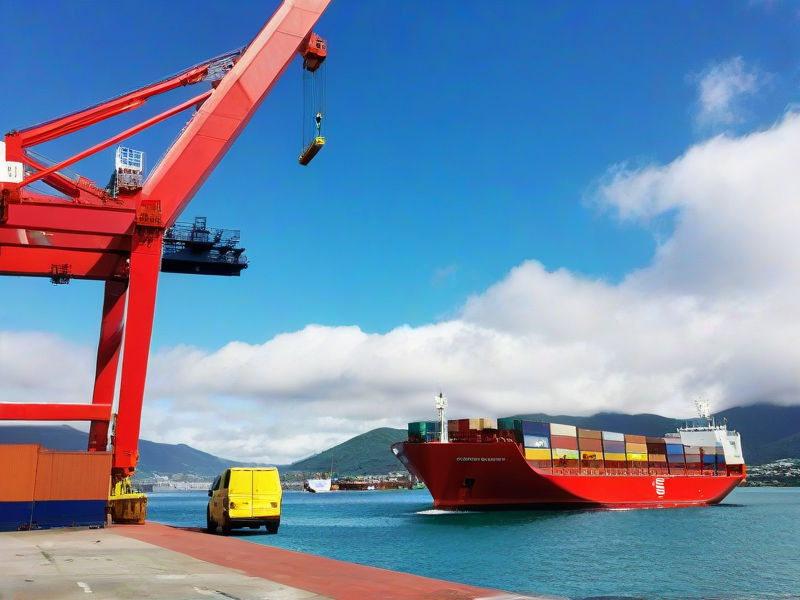The Southeast Asian cross-border e-commerce market is experiencing rapid growth, but the logistics and supply chain challenges are equally significant. As platforms shift from fully managed models to semi-managed ones, how can merchants optimize logistics, control costs, and navigate the complexities of the market environment? In the wave of overseas expansion, addressing these issues has become a must for every merchant.

Market Demand and Potential Impact: What Is the Value of Logistics Optimization?
Southeast Asian consumers are very “price-conscious,” not only sensitive to price but also having high expectations for delivery speed. If logistics fail to meet these demands, it can directly affect repeat purchase rates. Furthermore, Southeast Asia is a region full of potential as an emerging market. Data shows that in 2023, the Southeast Asian e-commerce market generated $113.9 billion in revenue, a year-on-year increase of 18.6%. This rapid growth has attracted more merchants to seize opportunities in the market. However, opportunities always come with challenges: the archipelagic geography and diverse consumer habits require a much higher level of supply chain management compared to a single market.
From a trend perspective, the growth rate of the Southeast Asian e-commerce market is expected to remain high in the future, and logistics cost and efficiency optimization will directly impact brands’ competitiveness in this market. For merchants, this is not just a matter of cost control; it is the key to establishing a strong foothold.
Overall, the Southeast Asian market is indeed a lucrative “big cake,” but it requires merchants to have stronger supply chain capabilities and market adaptability. In this highly competitive market, success is never accidental—it is a comprehensive contest of technology, experience, and market insight.





 Logistics line quotation
Logistics line quotation Cross-border express order
Cross-border express order 24 hours online customer service
24 hours online customer service Huixiang Cross-border Logistics all rights reserved
Huixiang Cross-border Logistics all rights reserved 






